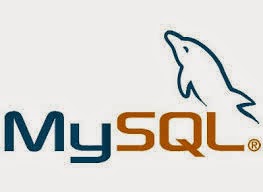From the most high-level perspective, user researchis the science of observing and
monitoring how we and our customers interact with everyday things such as websites
or software or hardware, and to then draw conclusions about how to improve those
customer experiences. Sometimes we do this in a lab environment (complete with
one-way mirrors and cameras pointed at the participants), other times we do this in
people’s native environments offices, homes, and still other times we use
surveys to monitor key metrics such as customer satisfaction and task completion rates.
The greatest benefit of user research is that it allows all of us to get really close
to our customers and get a real-world feel for their needs, wants, and perceptions of
interactions with our websites.
UCD methodologies represent the purest sense of customer centricity because
they allow you to engage in a dialogue with your customers in a way that you can’t
when using other methodologies. The UCD methodologies outlined in this chapter
empower you to reach a level of Why understanding that is missing from many other
methodologies. They move you from talking the talk to being able to walk the walk
when it comes to focusing your company/products/websites around customer centricity.
Lab Usability Testing
Lab usability testsmeasure a user’s ability to complete tasks. Usability tests are best for
optimizing User Interface (UI) designs and work flows, understanding the customer’s
voice, and understanding what customers really do. In a typical usability test, a user
attempts to complete a task or set of tasks by using a website or software or a product.
Each of these tasks has a specified goal with effectiveness, efficiency, and satisfaction
identified in a specified usage context.
A typical study will have eight to twelve participants. Early on during these tests,
patterns begin to emerge with as few as five users that highlight which parts of the
customer experience or process are working well and which are causing problems.
smo is effective for seo
creating outbound links seo tips
seo keyword tuning with ppc testing
top 10 e-commerce seo tips
tips for optimizing css
seo research and analysis
seo articles targeted clients
advanced techniques for seo
Analyzing the Data
1. As soon as possible, hold a debriefing session with all the observers so that
everyone can share their thoughts and observations.
2. Take time to note trends and patterns.
3. Do a deep dive analysis with a goal of identifying the root causes of failures based
on actual observations. (For example: The FAQ answers on the website were too
long. The Contact Us link was not apparent and hidden “below the fold.” It was
not clear that they could not contact us via phone. Or almost everyone complained
that their expectations were not set about when to expect a reply.) The moderator
is responsible for tallying successes and failures by each participant for each task.
4. Make recommendations to fix the problems identified. Usually you create a
PowerPoint deck that collects all the scores. Then for each critical task identify
the points of failure, make concrete recommendations that will improve the customer experience,
and categorize the recommendations into Urgent, Important.














